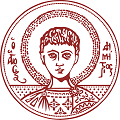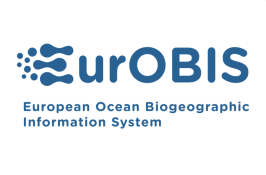Aristotle’s works are the first zoological documents of the western civilization in which an organised account of the Mediterranean marine fauna is given. Almost all of the 200 marine taxa he mentions were found in the Mediterranean. An exception is probably the “octopus inside a shell”, likely referring to a Nautilus species, of which he might have been informed about by scientists that followed Alexander the Great in his campaigns to Asia. To give some perspective: today, approximately 17,000 marine species are known to occur in the Mediterranean Sea.
Aristotle focuses his interest on the Aegean marine fauna. He lived in several Aegean localities and most of his material originated from direct observations or information given by fishermen on Lesbos Island. However, he is also aware of several other Mediterranean areas. In the second book of his Meteorologica he demonstrates a good knowledge of Mediterranean geography, which he calls “the sea inside the Pillars of Hercules”. He speaks about the Aegean Sea (Aegaeos), the Black Sea (Pontos), the Sea of Azov (Maeotis), the Red Sea (Erythra), the Sea of Sicily (Sikelikos), the Tyrrhenian Sea (Tyrrēnikos) and the Sea of Sardinia (Sardonikos). In his zoological works the Aegean, the Black Sea, the Sea of Marmara (Propontis), the Adriatic (Adria) and the Red Sea are mentioned when discussing fish migrations and distribution of exploited invertebrates. Just as with species names however, confusion can also arise in the use of place names. When one currently refers to e.g. the Adriatic Sea, this can either allude to the IHO area – where its boundaries are defined by the International Hydrographic Organization - , the ICES Ecoregion – based on biogeographic and oceanographic features and existing political, social, economic and management divisions -, or the Marine Ecoregion of the World (MEOW), a biogeographic classification of the world's coasts and shelves and representing broad-scale patterns of species and communities in the ocean. To assist in resolving this, Marine Regions was developed which keeps track of the numerous different marine place names and puts them in a standard, relational list, coupled with information and maps of the geographic location of each of the features. In a sense, Marine Regions has similar goals and purposes as the World Register of Marine Species, but for marine geographic names.
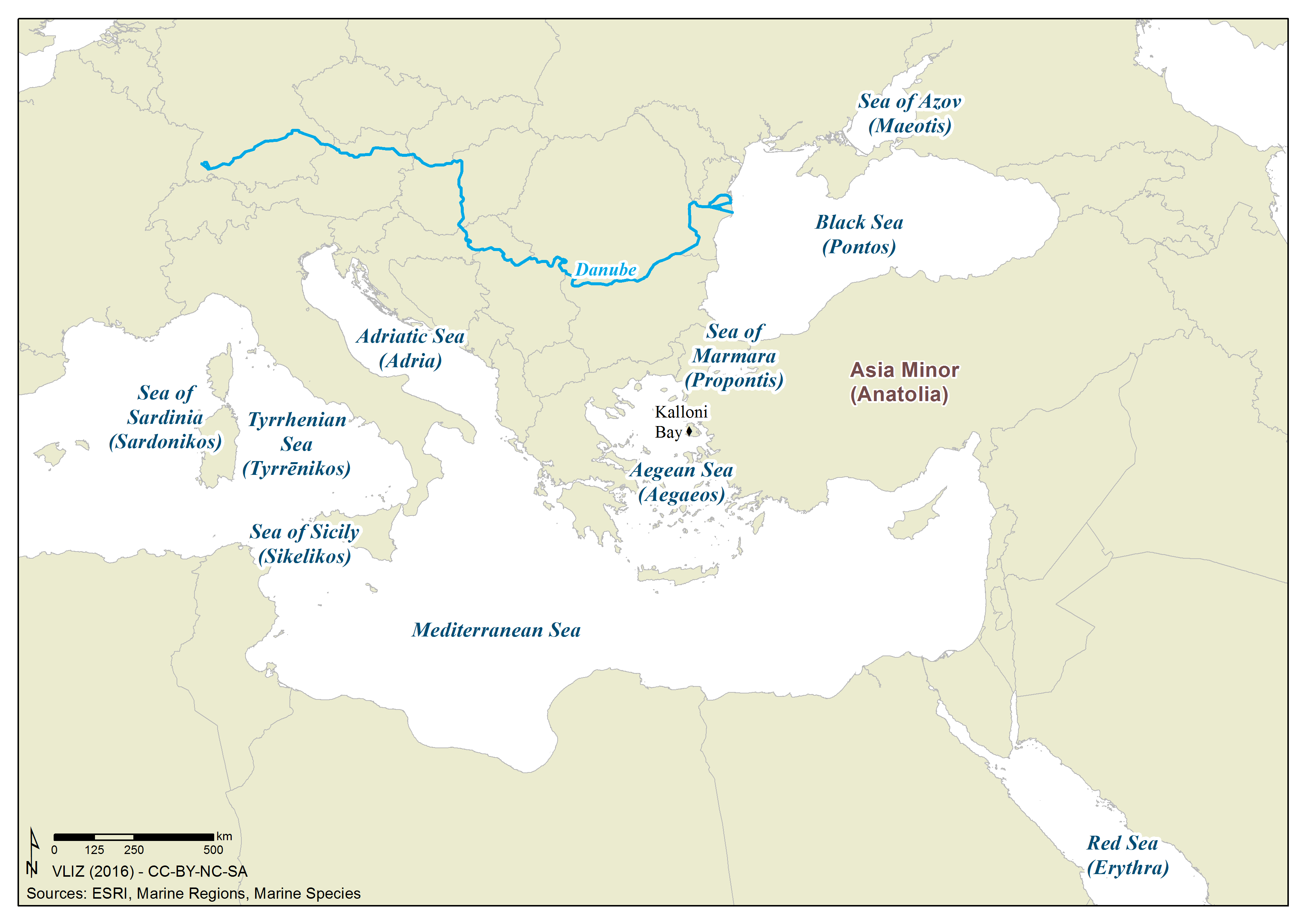
Aristotle’s view was that the main reasons for fish population movements are for reproduction and feeding. A characteristic example is the migration of shoaling (agaelaea) fish, such as tunas and bonitos, from the Aegean to the Black Sea which is described by him in detail; the fish enter the Black Sea in spring and spend the summer there in favourable conditions with more food, less competition and more suitable places for having young. Some fish (e.g. the chub mackerel) do not always enter the Black Sea; instead, they pass the summer in the Sea of Marmara and go back to the Aegean in winter. Aristotle claims that there is a connection of the river Danube with the Adriatic Sea through which some small fish move from the Black Sea to the Adriatic. Finally, annual fish migrations in and out of Kalloni Bay are mentioned. Where Aristotle could only rely on his own observations, it is now possible for observations of several scientists to be combined and thus allow large-scale analyses of these datasets. For example, the European Marine Observation and Data Network, includes a Biological Portal which brings together marine species observations from the whole of Europe, including the Mediterranean. Such aggregations not only offer scientists easy access to more data, but also make it possible to visualize long-term seasonal migrations and yearly changes in species occurrences in the form of data products.
Aristotle was also aware of fish which spend part of their life cycle entering estuaries and rivers, such as the grey mullet. And although he was aware that adult eels migrate from the marshes and the rivers to the sea, the fact that he had never seen eels spawning (how could he anyway?) led him to postulate that they were formed from mud and sand, by “spontaneous generation” (automatos genesis), i.e. the generation of living things from non-living matter. More than 2400 years later, the full life-cycle and migration patterns of this enigmatic species are not fully known… The migration routes from Europe to the Sargasso Sea remain a mystery. On their migration route, scientists have only been able to track eels as far as the Azores. It is still assumed that eels reproduce in the Sargasso Sea – since young larvae are observed there – but as yet there is no strong evidence to support this. Recently, researchers have been able to document part of the migration route of adult eels across the North Sea, making use of modern day technology. Several eels were tagged with acoustic transmitters and an extensive network of acoustic receivers was able to detect these eels as they migrated. Although further research is clearly needed to fill remaining gaps in our knowledge, acoustic telemetry has provided new opportunities to study migration of marine species which can support effective management of this critically endangered species.
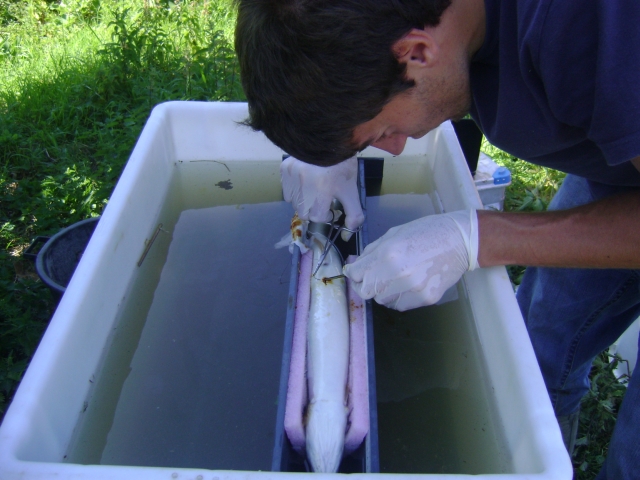
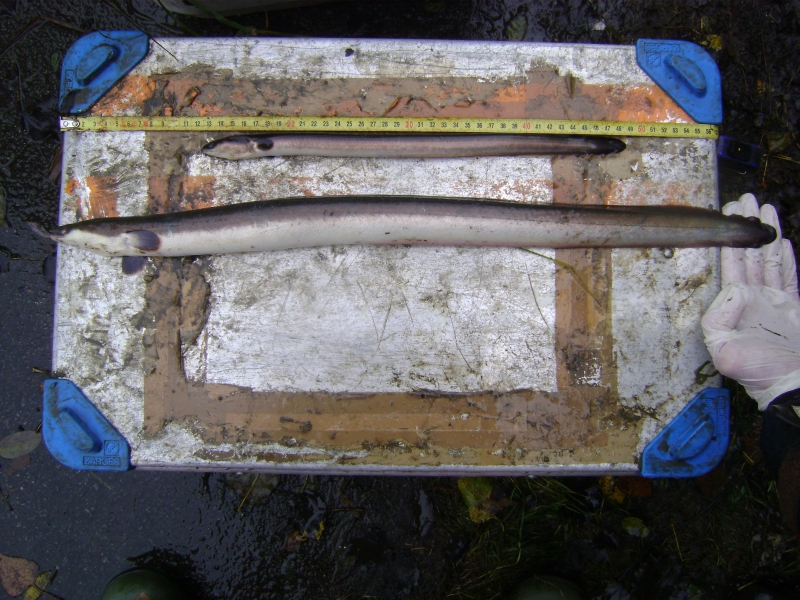
Left: Tagging of an eel. Photo: Lieselot Verduyn (CC-BY-NC-SA). Right: Measuring of male (top) and female (bottom) eels. Photo: Pieterjan Verhelst (CC-BY-NC-SA).
Besides fish, Aristotle gives information on the distribution of several marine animals, largely those of interest to humans: i) he says that the bath sponges, which were harvested and used widely, were largest and most abundant in certain places on the coast of Asia Minor; ii) he reports that the scallops had vanished from Kalloni Bay as a result of the fishing method; fishermen used an instrument that scratched the sea bottom and caused overfishing (as is still the case today!); iii) he says that in the Black Sea, the only big marine animals are a small dolphin and phocoena identified as the Black Sea harbor porpoise Phocoena phocoena relicta. We now know that Aristotle was indeed correct in his last observation, and now this knowledge is expanded, with at least two dolphin species inhabiting the Black Sea: Tursiops truncatus ponticus and Delphinus delphis ponticus. At this time, it is unclear which of these dolphin species Aristotle had observed or why he only mentions the occurrence of one rather than both of them…
Aristotle also discusses differences in the occurrence and growth of marine animals from place to place. In one place, he says, an animal is not found at all, in another it is small, or short-lived, or does not thrive. He notes that cephalopods and bivalves, which are rarely found in the Black Sea, thrive and grow very large in the Red Sea.
And thus we can compare our observations of marine species distributions and patterns of occurrence with those described by this incredibly observant man some 2400 years ago. How much has changed?
References:
- Coll, M.; Piroddi, C.; Steenbeek, J.; Kaschner, K.; Ben Rais Lasram, F.; Aguzzi, J.; Ballesteros, E.; Bianchi, C.N.; Corbera, J.; Dailianis, T.; Danovaro, R.; Estrada, M.; Froglia, C.; Galil, B.S.; Gasol, J.M.; Gertwagen, R.; Gil, J.; Guilhaumon, F.; Kesner-Reyes, K.; Kitsos, M.-S.; Koukouras, A.; Lampadariou, N.; Laxamana, E.; López-Fé de la Cuadra, C.M.; Lotze, H.K.; Martin, D.; Mouillot, D.; Oro, D.; Raicevich, S.; Rius-Barile, J.; Saiz-Salinas, J.I.; San Vicente, C.; Somot, S.; Templado, J.; Turon, X.; Vafidis, D.; Villanueva, R.; Voultsiadou, E. (2010). The biodiversity of the Mediterranean sea: estimates, patterns, and threats. PLoS One 5(8): e11842.
- Ganias, K.; Mezarli, C.; Voultsiadou, E. (submitted). Aristotle as an ichthyologist. Aegean fish diversity 2400 years ago.
- Huisman, J.; Verhelst, P.; Deneudt, K.; Goethals, P.L.M.; Moens, T.; Nagelkerke, L.A.J.; Nolting, C.; Reubens, J.; Schollema, P.P.; Winter, H.V.; Mouton, A. (2016). Heading south or north: novel insights on European silver eel Anguilla anguilla migration in the North Sea. Mar. Ecol. Prog. Ser. 554: 257-262.
- Voultsiadou, E. (2008). Sponges: an historical survey of their knowledge in Greek antiquity. Journal of the Marine Biological Association UK 87: 1757-1763.
- Voultsiadou, E. (2010). Bivalve mollusc exploitation in Mediterranean coastal communities: an historical approach. Journal of Biological Research-Thessaloniki 13: 35-45.

